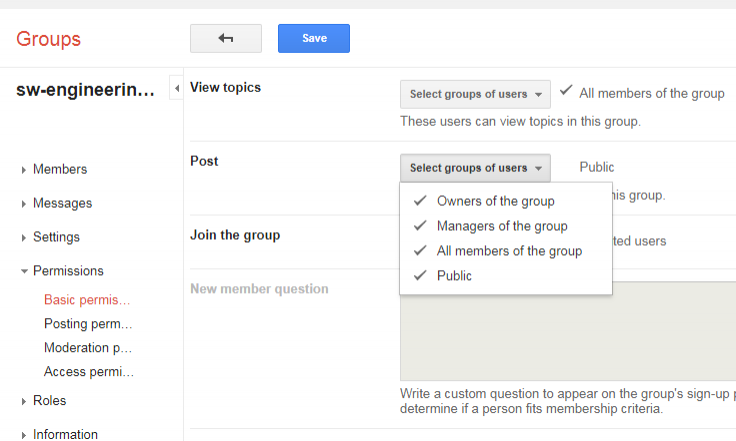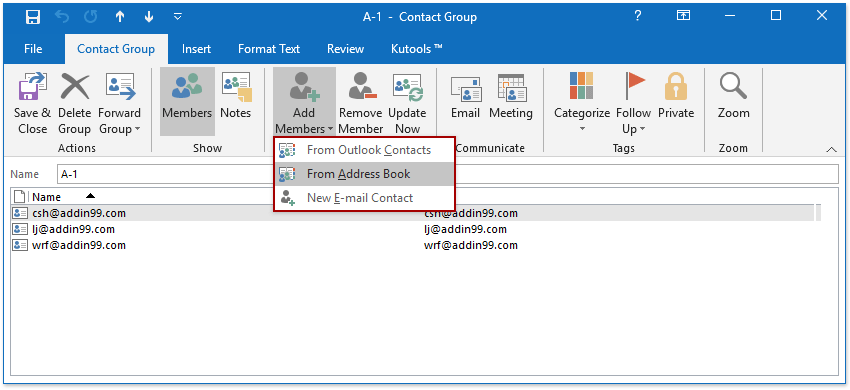

Once in Word, you can change the document type and Merge to document type.So, while you can begin a mail merge in Word, it's easier to start it in Outlook.

Keep in mind that Outlook offers better filtering capability than Word.The selected contacts are exported to a document called OMM.doc for Word to use as the data source. Then choose the type of document to merge and select OK to complete the merge. Next, click the Mail Merge button (Outlook 2010/2013) or select Tools > Mail Merge in older versions to open the Mail Merge dialog, and you're almost done.Ĭhoose whether to use all contact fields or only those fields in the view. This is a good reason to use categories–then you can group by category and select the contacts. You can hold the control or shift key as you select contacts or use custom views to display the contacts you want to use. The first step is picking the contacts you want to include in the merge. It's called Mail Merge, and you start it from Outlook using your contact data. Customizing form letters to make them appear more personal and directed specifically at the recipient isn't hard. It doesn't matter whether it's a traditional mailed letter or sent via email, it's still impersonal. Nothing says "impersonal and uncaring" as much as form letter sent to a group of people, whether it's your annual Holiday letter to friends or a form sent to clients and potential clients.


 0 kommentar(er)
0 kommentar(er)
